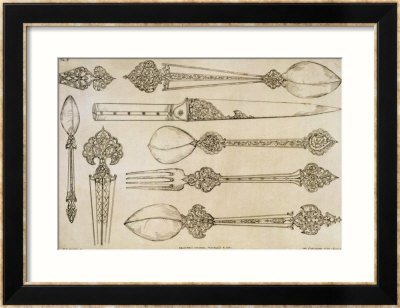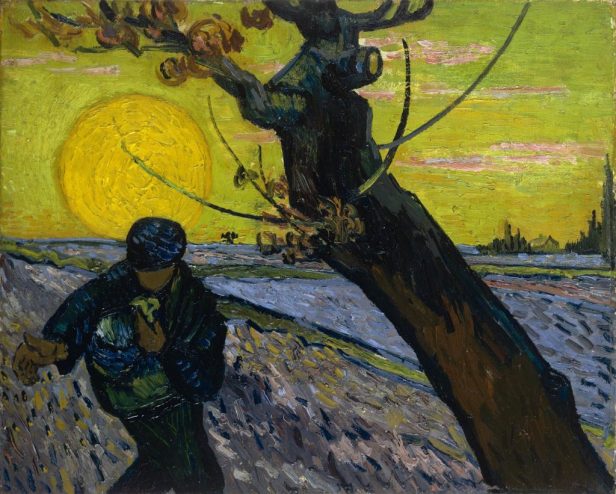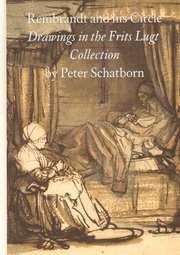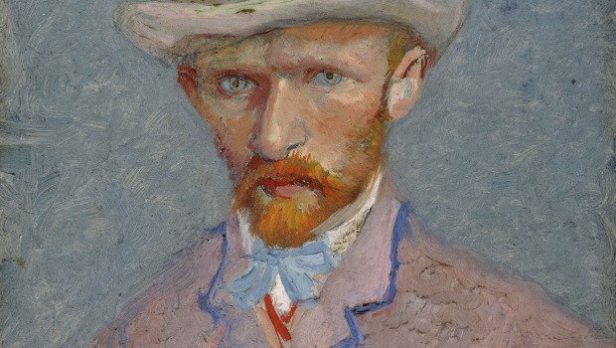Käthe Kollwitz
Käthe Kollwitz
Born July 8 (The Day of the Dark Pragmatist)
Kollwitz’s unique work has something in common with both realistic and expressionistic art, combining the two in a very special style that was distinctly hers. On the one hand she looks back to more realistic aspects of 18th and 19th century art as well as to shadowy medieval images, and looks ahead to the modern expressionists like Emile Nolde, Egon Schiele and Oskar Kokoschka. The grief, torture and despair in her work remind one of Goya’s Horrors of War, the works of Munch and Van Gogh, and even Picasso’s Guernica. The death of her own two sons, the first in WWI and the second in WWII certainly inspired her works depicting the anguish of women, most notably her best-known sculpture entitled Mother with her Dead Son.
Käthe Kollwitz stood up for her beliefs and consequently her work was banned from being exhibited during the Nazi era, although she continued to live in Germany and survived until the last days of WWII. Her sympathy for the suffering proletariat found a kindred spirit in the writings of Emile Zola, which inspired her to create a weavers’ cycle that reminds one of Van Gogh’s potato eaters and his Millet-influenced paintings of farm workers. Kollwitz produced many drawings, paintings, etchings, woodcuts and sculptures in her creative oevre. In her preoccupation with sick and dying women, and with the figure of Death itself, she is typical of several Dark Pragmatists born on July 8, most notably Elisabeth Kübler-Ross, whose book On Death and Dying had such a profound influence on how death is viewed in the West and on the international hospice movement.
Kollwitz’s art confronts us with the dilemma of art that does not aim primarily to be aesthetic or pleasing but rather to express deep feeling, often using tortured, distorted, even grotesque images as its source of power. Challenging the classical ideas of Apollonian form, symmetry and proportion, artists such as Kollwitz were more interested in honesty and in presenting the truth, no matter how upsetting or distasteful. The expressionist movement, of which she was a part, defined a whole new type of beauty, one which had already been investigated by the medieval and Renaissance painters German painters Matthias Grünewald, Albrecht Dürer, and the Dutch Hieronymus Bosch. Kollwitz was not, however, obsessed with the horror or fright element in art so much as with presenting a compassionate, empathic, human portrait of an oppressed social class, primarily feminine, caught up in the maelstrom of poverty and world war in 20th century Germany. The sufferings of hunger and oppression endured by her female subjects as well as her own searching self-portraits provide a deep insight into her work but also emerge as penetrating psychological studies of the human condition. The Irish poet W.B. Yeats could have been speaking of Kollwitz and other German expressionists when he wrote the following lines in his poem Easter 1916 :
All changed, changed utterly:
A terrible beauty is born.
– Gary Goldschneider






